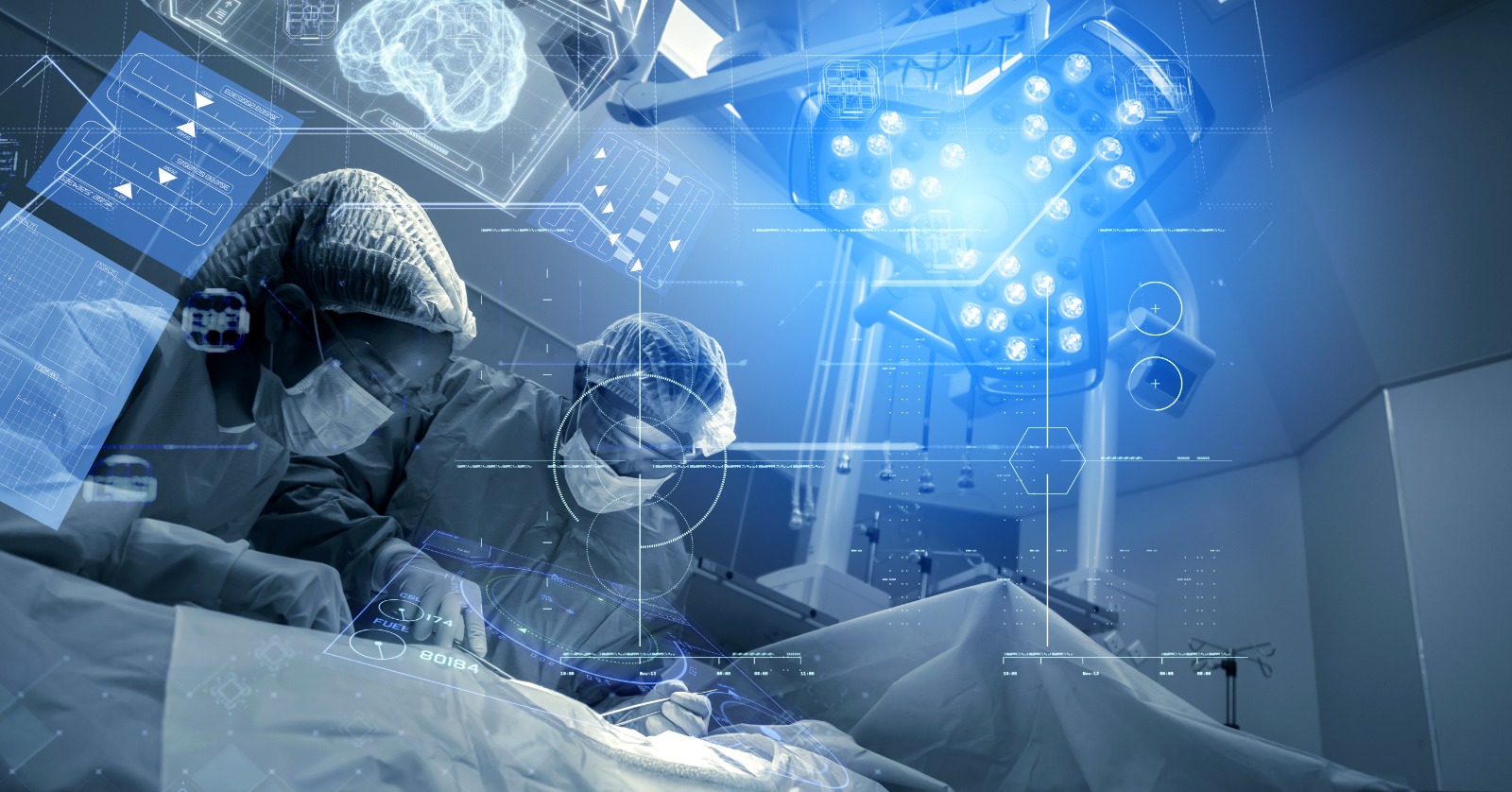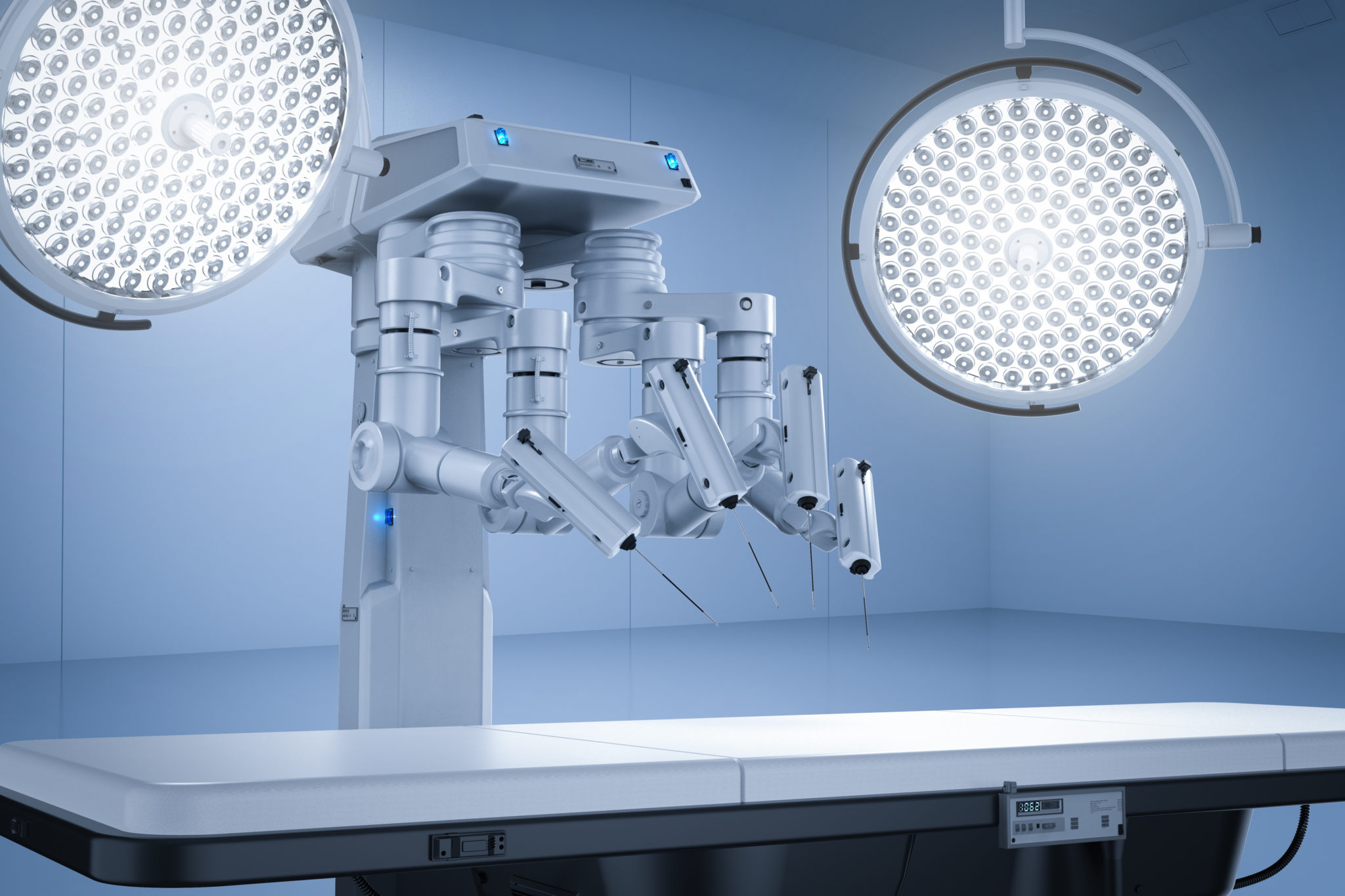
Robotics is the science of robots, sophisticated machines designed to carry out complex series of actions automatically and autonomously. Robots can basically take any form – only few of them are made to resemble humans – and combine mechanical & electronic engineering, information & computer science. The recent progresses made in robotics are re-shaping almost all fields of activity thanks to the ability of robots to operate in harsh or dangerous environments, to perform hazardous, strenuous or repetitive work in a quick, precise and reproducible manner, allowing humans to focus on tasks requiring human approach. They impact almost all the aspects of healthcare, from surgery to hospital management.
With the support of a leading Italian partner organisation having deep expertise in Rehabilitation Robotics, Fondazione don Gnocchi, the European Project NOBEL has released a fact-sheet highlighting the impacts of robotics on the future of healthcare. Feel free to download it & share it at the end of this article.
The risk of robots overcoming human limitations: a revolution in surgery
Indeed, robots have been used in surgery for a while: they can reach extreme precision, are not limited in terms of the number of arms, they are not subject to shaking. Back to 1983, Arthrobot was the first robot to assist a surgeon in more than 60 arthroscopic surgical procedures[1]. Since then, robots have entered the hospital as well as the operating room: in September 2016, a remotely controlled robotic surgeon conducted alone a whole operation of the eye by helping surgeons to remove a membrane one hundredth of a millimeter thick from a retina[2]. Robots are used more and more to perform remote surgery and surgeon training. However, they are still mostly controlled by a human surgeon and not operating autonomously.

Robots impact healthcare in much more domains, from prosthetics to facility management
Rehabilitation is also a key area of application for robotics: enhanced limb prosthetics, for example, can replicate human movements with more and more accuracy and are even able to restore the sense of touch. Assistive robots, from exoskeletons to telepresence devices can drastically improve patient independence in daily life activities, for example during post-surgery rehabilitation. Automated in-vitro assays (for instance high throughput screening) are not only able to simultaneously perform millions of chemical, genetic, or pharmacological tests for a quick diagnosis of diseases but also for a much more cost-efficient and safer drug discovery. Indeed, robots are largely used in medical research because they can handle complex processes and experiments and treat a multitude of cases much faster than humans could do. Finally, hospital management can highly benefit from automated or robotized process as they can help to handle complex logistics to increase patient and facility management.

What will robotics bring to medicine in the future?
Minimally invasive surgical procedures
More precise, quicker, safer surgery with faster recovery of patients and fewer side-effects
Training of surgeons to increase proficiency
Telesurgery for easier access to medical excellence
Enhanced rehabilitation for patients both at hospital and at home
and support to daily living activities thanks to assistive robots like exoskeletons, lifting devices, remote communication robots or robotic prosthesis
Quicker, automated and multiplex diagnosis
Smarter hospitals
Smoother logistics, patient and facility management for high-quality services and improved patient experience
Download & share the NOBEL fact-sheet on robotics for healthcare!
Special thanks to the Fondazione Don Gnocchi who shared its expertise and provided the information needed to design this document. The full fact-sheet on Robotics in Healthcare aims at highlighting the convergence of robotics with other key enabling technologies such as nanotechnologies, photonics, electronics, advanced materials and digital health, having all in common applications in healthcare.The fact-sheet is intended to bridge scientific communities and to propagate a common vision for the future of healthcare in Europe based on a concept developed by NOBEL, the Continuum of Care. Make it yours!

